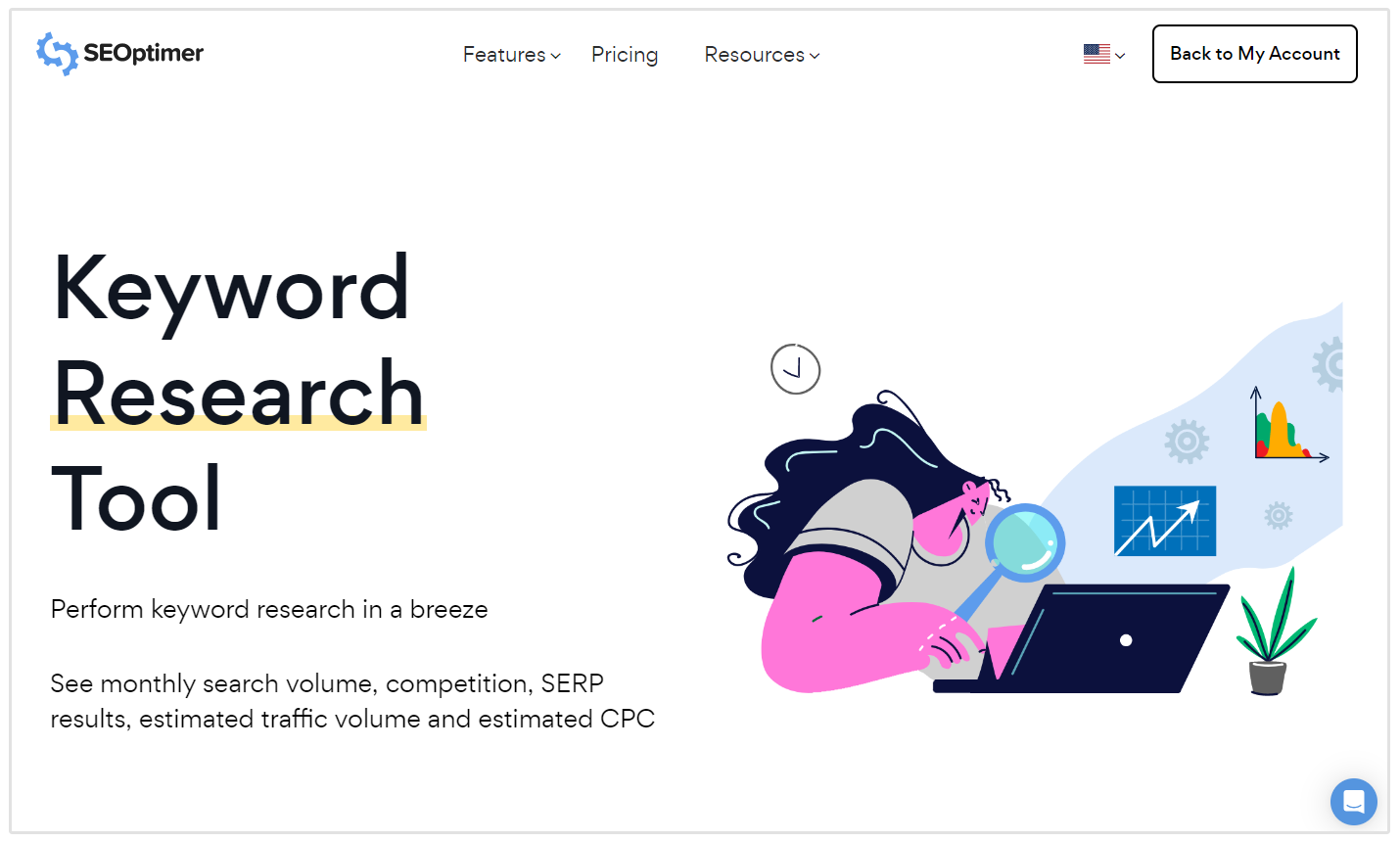Grasping Secondary Dimensions in Google Analytics: Their Relevance and Effective Usage
Revealing the Influence of Second Measurement in Google Analytics on Information Analysis and Insights
In the realm of data analytics, the utilization of secondary measurements within Google Analytics has actually emerged as a crucial device for extracting much deeper insights and unraveling complex patterns that could otherwise continue to be obscured. By peeling off back the layers of main information sets, second dimensions provide a nuanced viewpoint that enhances the understanding of customer behavior, web site performance, and the performance of advertising strategies. The real influence and untapped capacity of second measurements are often undervalued, outweighed by the allure of main metrics. As we browse through the elaborate landscape of information evaluation, the relevance of secondary dimensions ends up being significantly noticeable, clarifying vital information that hold the key to notified decision-making and strategic optimizations.
Checking Out the Principle of Additional Dimensions
Second dimensions in Google Analytics give extra insights by allowing individuals to analyze main information in combination with a secondary feature. By incorporating additional dimensions, customers can delve much deeper right into the data and reveal useful correlations that might or else go undetected - what is a secondary dimension in google analytics.
Recognizing the concept of additional measurements is crucial for optimizing the potential of Google Analytics. It permits customers to sector data properly, determine patterns, and make educated choices based upon a much more complete photo of their analytics information. By checking out the numerous second dimensions available in Google Analytics, individuals can unlock new insights and enhance their digital advertising and marketing efforts. Fundamentally, additional measurements act as an effective device for boosting data evaluation and driving workable results.
Enhancing Information Interpretation With Secondary Measurements
Having developed the fundamental understanding of additional dimensions in Google Analytics and their critical function in data evaluation, the emphasis now shifts towards leveraging these second credit to boost the interpretation of analytics information (what is a secondary dimension in google analytics). By including second dimensions right into data analysis, analysts can get deeper understandings right into customer actions, website performance, and advertising and marketing performance

In addition, second measurements assist in contextualizing key information metrics by giving extra layers of information. This contextualization help in recognizing the 'why' behind the information patterns, helping experts make notified optimizations and decisions to improve total performance. Eventually, incorporating secondary measurements enhances the information interpretation procedure, bring about even more meaningful understandings and tactical activities.
Revealing Hidden Insights Via Second Dimensions
Discovering the depths of analytics information Extra resources with secondary measurements exposes valuable insights that would certainly otherwise stay covered. By incorporating additional dimensions in Google Analytics, services can uncover covert patterns, fads, and correlations that provide an even more extensive understanding of individual actions and site efficiency. These extra layers of information allow analysts to dig much deeper right into the main dimensions, such as web traffic resources or landing web pages, and gain a much more nuanced viewpoint on how various variables engage with each various other.
Through the use of secondary dimensions, experts can section and compare information throughout different dimensions, allowing them to determine certain variables that influence user involvement, conversion rates, and overall success metrics. By coupling the primary dimension of 'tool classification' with the additional dimension of 'age team,' online marketers can pinpoint which age demographics favor accessing the website via mobile gadgets versus desktop computers.
Leveraging Additional Measurements for Actionable Analytics
Structure upon the insights introduced with secondary measurements in Google Analytics, organizations can now harness this enriched information landscape to drive actionable analytics and critical decision-making. By leveraging additional dimensions, companies can delve much deeper into their data to draw out important patterns, fads, and correlations that might have previously gone unnoticed. This deeper level of evaluation enables organizations to get a much more extensive understanding of customer behavior, campaign efficiency, and overall web site performance.
One key benefit of using second dimensions for actionable analytics is the capacity to segment data based upon specific requirements. This division permits organizations to tailor their campaigns and techniques to various target market teams, bring about more targeted and effective marketing efforts - what is a secondary dimension in google analytics. Furthermore, additional measurements supply an even more holistic view of user interactions, making it possible for organizations to enhance their web site web content, layout, and total user experience
Taking Full Advantage Of Decision-Making With Second Measurements
To boost critical decision-making in analytics, leveraging second measurements in Google Analytics can give a more nuanced viewpoint on user actions Going Here and project efficiency. By integrating additional measurements into data evaluation, businesses can delve deeper into the specifics of their site visitors' communications and involvement patterns. This added layer of information enables a more comprehensive understanding of just how various variables, such as demographics, devices, or traffic resources, effect essential performance indications.

Conclusion
To conclude, the use of additional dimensions in Google Analytics plays an essential role in improving data evaluation and uncovering surprise insights. By discovering this concept, one can obtain a deeper understanding of individual actions and make notified decisions based upon workable analytics. Leveraging secondary measurements enables an extra detailed analysis of data and optimizes the effectiveness of decision-making processes.
 check here analytics
check here analytics"/>